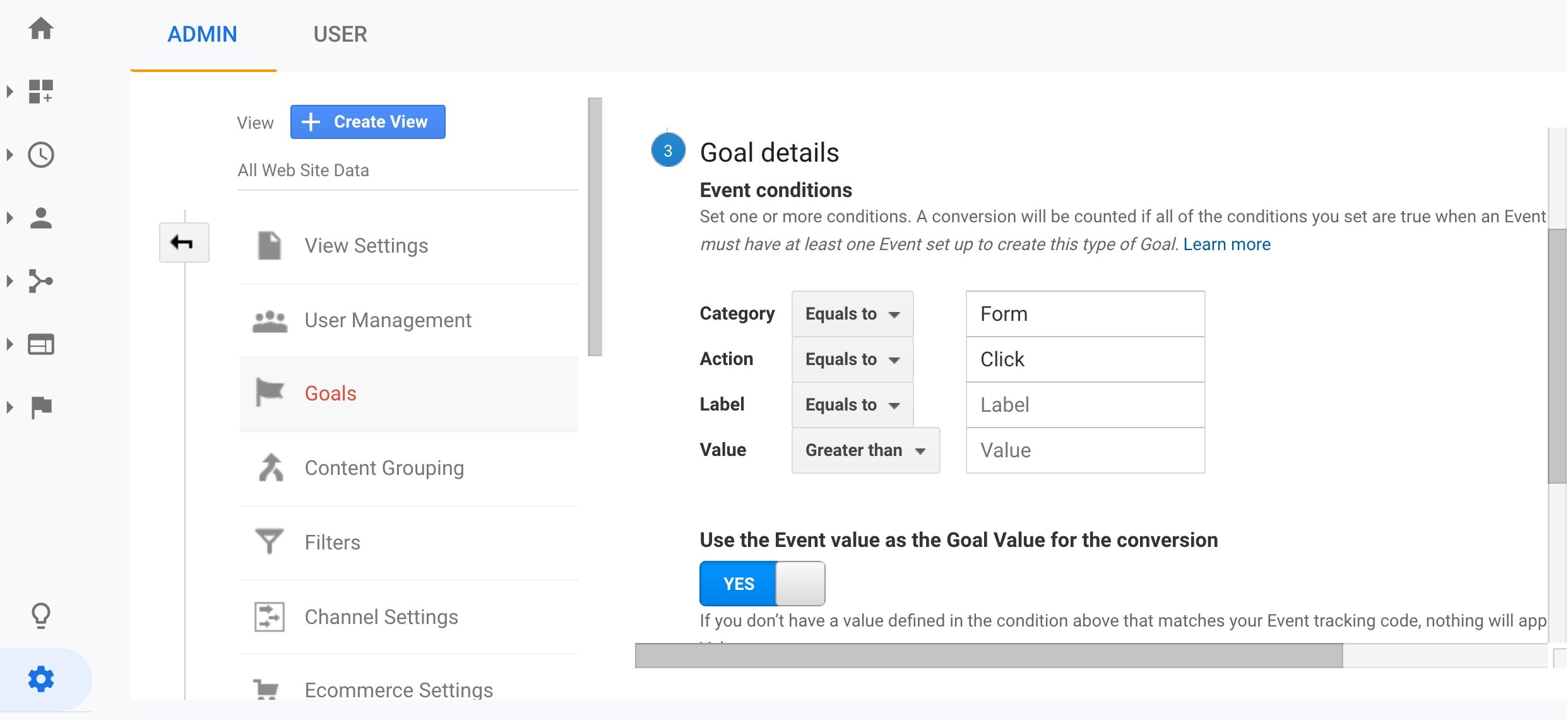What Data Is Google Analytics Goals Unable to Track: Find Out the Limitations
What Data Is Google Analytics Goals Unable to Track: Find Out the Limitations
Blog Article
Unveiling the Blind Destinations: Understanding What Google Analytics Goals Can not Gauge
In the world of digital analytics, Google Analytics stands as an effective device for tracking and evaluating on-line individual interactions. However, in the middle of its durable capacities, there exist unseen areas that often escape dimension. Comprehending what Google Analytics objectives can not measure is critical for gaining a detailed sight of user actions and involvement. As we delve into the details of these dead spots, we uncover a complex web of undiscovered regions that hold beneficial insights into individual actions and motivations, challenging standard knowledge and clarifying the constraints of our data-driven understanding.
Individual Habits on External Platforms
Understanding just how individuals engage on external platforms is vital for enhancing online strategies. Outside systems, such as social media networks, referral sites, and on the internet discussion forums, play a significant function in driving traffic to a business's internet site. By evaluating customer habits on these systems, organizations can gain valuable understandings right into the efficiency of their advertising efforts and the choices of their target audience.
One trick element of customer actions on external systems is the reference source. By tracking where the customers are originating from, services can identify which platforms are driving the most traffic to their internet site. This details can assist business allocate their sources better, focusing on the platforms that yield the most effective results.

Offline Communications and conversions
Evaluating customer actions on exterior systems provides useful insights into on-line strategies; nonetheless, thinking about offline conversions and interactions is similarly important for a detailed understanding of a business's total efficiency. Offline conversions, such as in-store purchases or phone queries, play a significant duty in several companies' success.

Acknowledgment Beyond Last Click
When delving right into the realm of electronic advertising and marketing analytics, it comes to be necessary to look past the solitary touchpoint of the last click for a much more extensive understanding of acknowledgment. While Google Analytics gives beneficial understandings into user habits, depending exclusively on last-click attribution can be restricting - what data is google analytics goals unable to track. Attribution designs that surpass the last click supply a more nuanced view of the client trip, thinking about all the touchpoints that cause a special info conversion
Attribution beyond the last click permits marketing experts to appoint credit score to various interactions along the conversion path, offering a clearer image of the performance of different advertising and marketing channels. By discovering multi-touch attribution versions such as direct, time decay, or position-based attribution, companies can much better allot their advertising budget plans and optimize their methods for optimal effect.
Comprehending the impact of each touchpoint in the conversion procedure is critical for making notified decisions and making best use of ROI. By welcoming attribution beyond the last click, companies can acquire much deeper insights into consumer actions and tailor their advertising initiatives better.
Cross-Device and Cross-Browser Monitoring

Likewise, cross-browser monitoring complements cross-device monitoring by capturing customer habits as they switch over in between different internet browsers. Understanding how individuals engage with web sites on numerous internet browsers can help online marketers optimize their on the internet experiences to ensure uniformity and performance throughout different systems.
Qualitative Data and User Intent
Comprehending user intent with qualitative information evaluation is crucial for establishing targeted digital marketing techniques that resonate with the needs and choices of the target market. Qualitative data offers understandings into the 'why' behind individual actions, clarifying inspirations, feelings, and preferences that Your Domain Name quantitative data alone can not catch. By analyzing customer responses, remarks, and communications, marketing professionals can reveal valuable information about user intent, enabling them to tailor their messaging, web content, and offerings to better align with what their target market is looking for.
Qualitative information also assists in comprehending the context in which individuals involve with an internet site or app. This contextual understanding makes it possible for marketers to develop more individualized and appropriate experiences, ultimately driving higher involvement and conversion prices. By delving into individual intent through qualitative information evaluation, organizations can gain a much deeper understanding of their recommended you read target market, resulting in a lot more efficient advertising techniques that meet users' demands and expectations.
Conclusion
To conclude, Google Analytics goals have limitations in determining customer actions on outside platforms, offline conversions, attribution beyond last click, cross-browser and cross-device tracking, and qualitative data connected to user intent. what data is google analytics goals unable to track. It is essential for companies to be familiar with these dead spots in order to supplement their data evaluation with various other devices and techniques to acquire a much more detailed understanding of their target market and enhance their total digital marketing approaches
By evaluating individual behavior on these systems, organizations can obtain valuable insights into the effectiveness of their advertising and marketing initiatives and the preferences of their target audience.
Assessing individual habits on exterior systems gives important understandings right into on-line techniques; nonetheless, considering offline conversions and communications is similarly crucial for a detailed understanding of a company's overall performance.In digital advertising and marketing analytics, relocating past last-click attribution to discover cross-device and cross-browser monitoring is necessary for acquiring a holistic understanding of customer communications throughout different platforms and devices. By evaluating user feedback, comments, and interactions, marketing professionals can discover important details regarding user intent, permitting them to tailor their messaging, web content, and offerings to better line up with what their target market is looking for.
By delving right into user intent with qualitative data evaluation, companies can gain a deeper understanding of their target audience, leading to more reliable advertising methods that satisfy individuals' demands and expectations.
Report this page